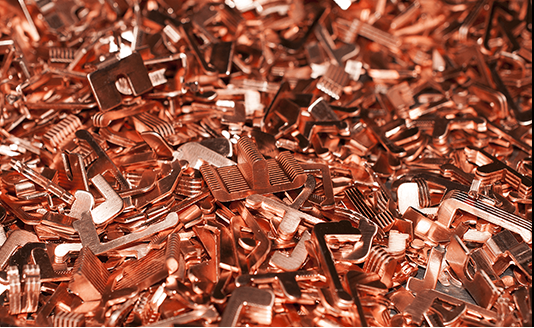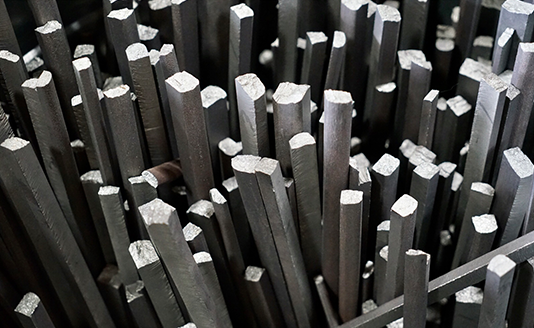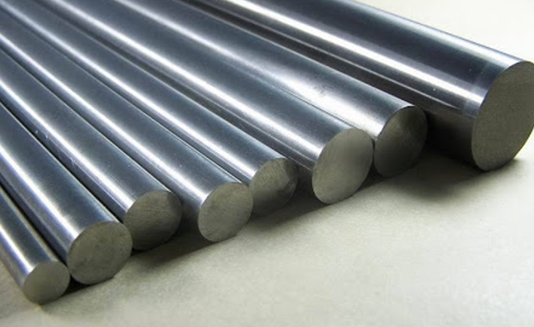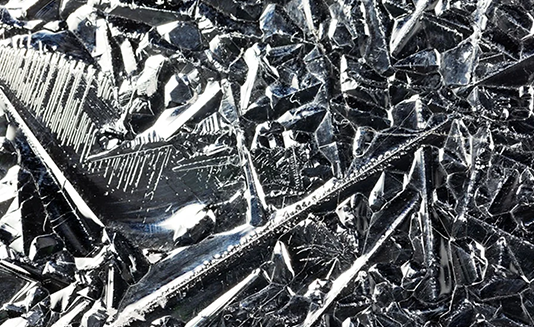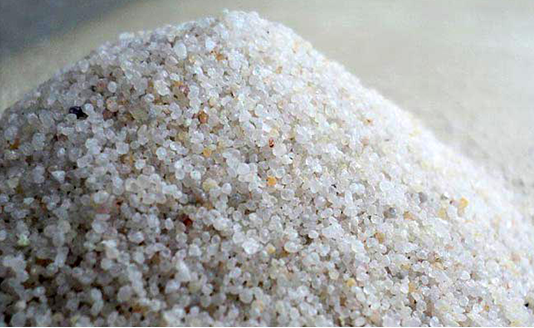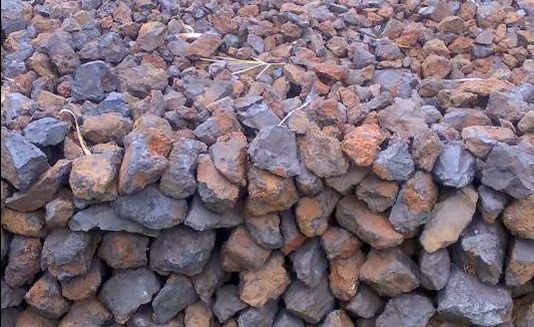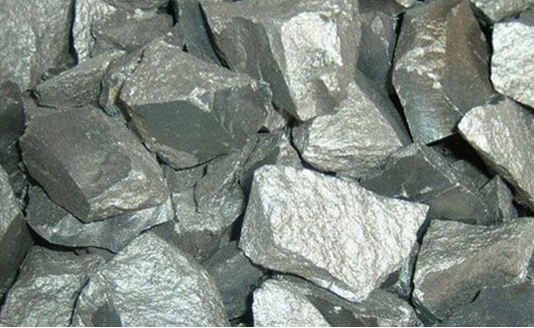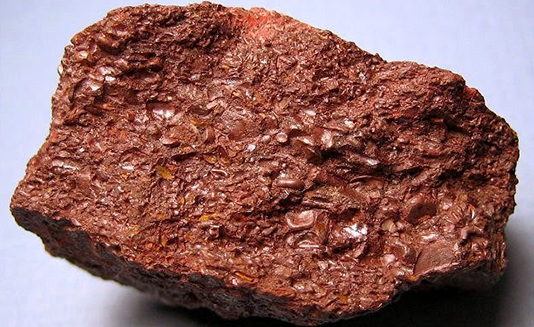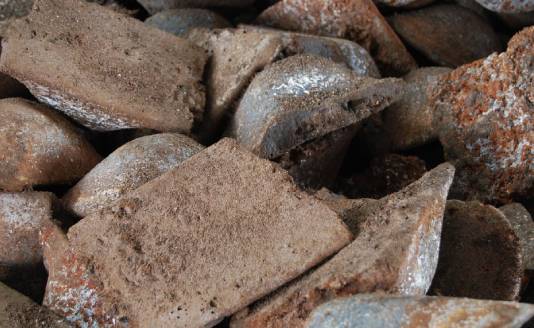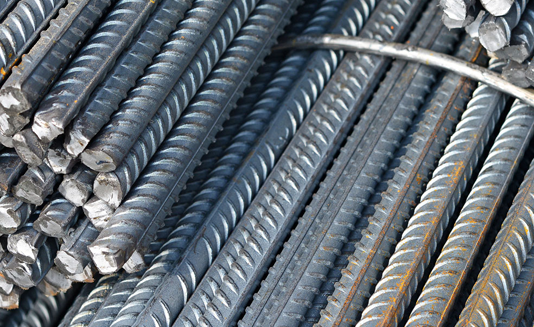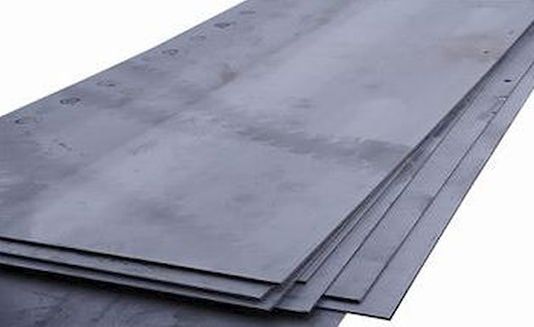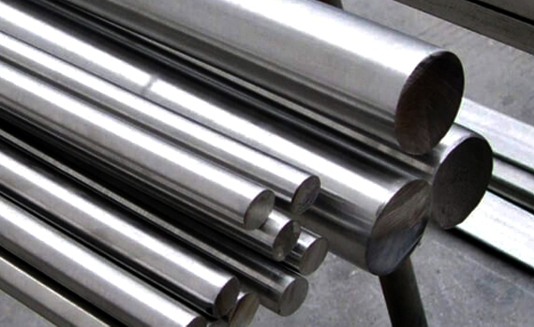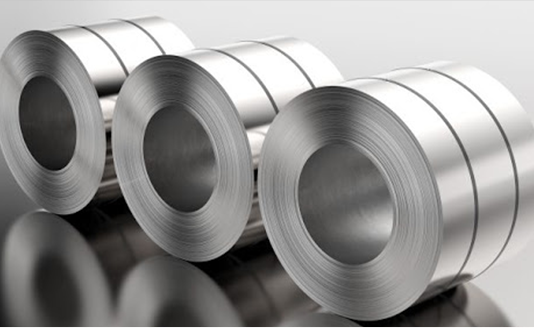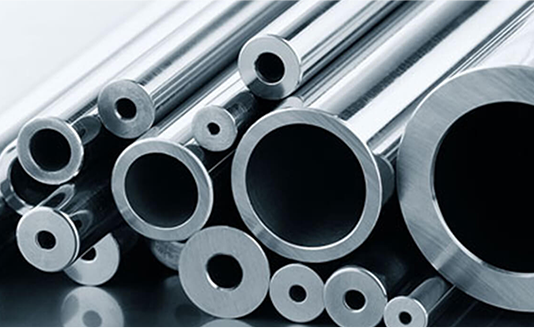Base Metal
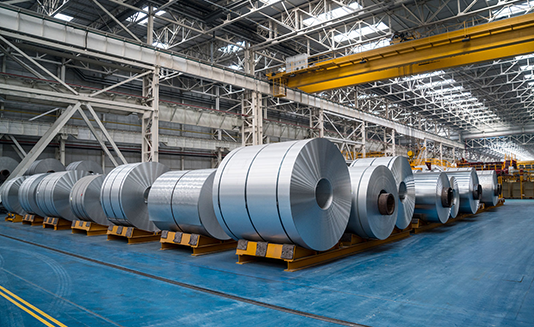
Aluminum (Al)
Aluminum is the third most abundant metal in the Earth’s crust, and the third most abundant element overall. The specific specifications of aluminum lead to a variety of uses for this metal in transportation, construction, and electrical equipment. Also, aluminum is highly recyclable which makes it more desirable to use.Copper (Cu)
Due to its ductility and electrical and thermal conductivity, copper is oftentimes used in the production of electrical conductors, switches, transformers, and telecommunications.
Also, copper is an essential component in brass, phosphor bronze, and beryllium copper. To create these metal products, copper shall be combined with other metals.